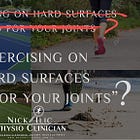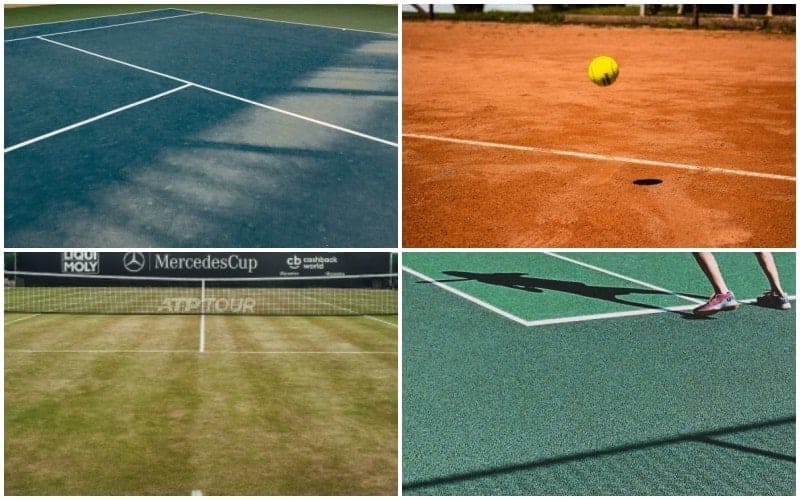Clinician’s Corner | Case Study: The Hammy That Stopped the Tennis Player (Because the Player Didn’t Stop)
Type 1A Functional Muscle Disorders - Over-Exertion Related Muscle Disorders (and the 2013 Munich Consensus)
The first part of this post is an introductory preview—the valuable clinical insights, practical recommendations, and expert guidance are behind a paywall for paid subscribers only.
If you find my free content helpful, becoming a paid subscriber gives you:
✅ Full access to expert-backed strategies and pain management insights
✅ Direct access to me via subscriber chat—ask me questions anytime
✅ Ongoing, high-value information normally provided in a clinic for hundreds of dollars
This post is a guide only and should not be taken as medical advice. It does not replace assessment and recommendations from a registered and regulated healthcare professional.
This blog is about recovery and load management — especially in tennis, where court surface, match volume, and S&C preparation all shape injury risk. Hard courts load the hips. Grass courts cook the hamstrings. Clay sits somewhere in between. Knowing how to manage transitions between surfaces, and how to condition athletes across a season, is key.
I explore that in more detail in this article on hybrid athlete load management:
For more on how surfaces impact injury and performance, see:
Initial Contact
“Nick, do you work weekends?”
I was contacted urgently by the father of a mid-adolescent male tennis player—a high-level state representative tennis player—who had just retired from a representative tournament match with hamstring pain. The parent believed it was a hamstring tear and was planning to see a GP for imaging.
I wanted to prevent the parent from getting unnecessary imaging (common), or the wrong imaging (also common), save costs, and more importantly, give the player a play vs no play assessment.
That’s why I offered to assess him on a Saturday morning, my day off — to nip that in the bud early, and besides: it's tennis. I can live, breathe, talk and play tennis all day every day.
Mechanism Notes & Medical Check
In the week leading up to the injury, the player had competed in 10 challenging matches across multiple formats, including Opens and U16s. During the third set of a match at the first tournament, he began experiencing left hamstring cramping. He pushed through, played the next match pain-free, and then reported a return of symptoms in the final — a tight, crampy sensation with difficulty straightening the leg.
Importantly, this sequence of tournaments also involved a surface change from hard court to grass. While hard courts typically load the hips more, grass courts place significantly more demand on the hamstrings—especially with lower bounce, greater need for lunging, and more deceleration from deeper court positions. Grass is a slow cooker for hamstring strain — lots of sliding and eccentric/isometric loading on the front leg, particularly when retrieving low balls. This shift likely compounded the fatigue and contributed to the overload pattern.
After just two days of rest, he travelled interstate for another tournament. In the first round, it was 6-6 in the first set of his first math, and whilst loading into a wide backhand, he felt a big stretch and “crampy pull” in the hamstring and had to retire from the match.
His family history included maternal hip dysplasia and Perthes disease, but his own medical history was otherwise unremarkable.
Assessment Findings (Day 4 Post-Injury)
🔒This is where the free preview ends. Paid subscribers now get access to the full post, including the clinical pearls, key takeaways, and practical recommendations.
Keep reading with a 7-day free trial
Subscribe to Nick Ilic | Physio Clinician to keep reading this post and get 7 days of free access to the full post archives.









